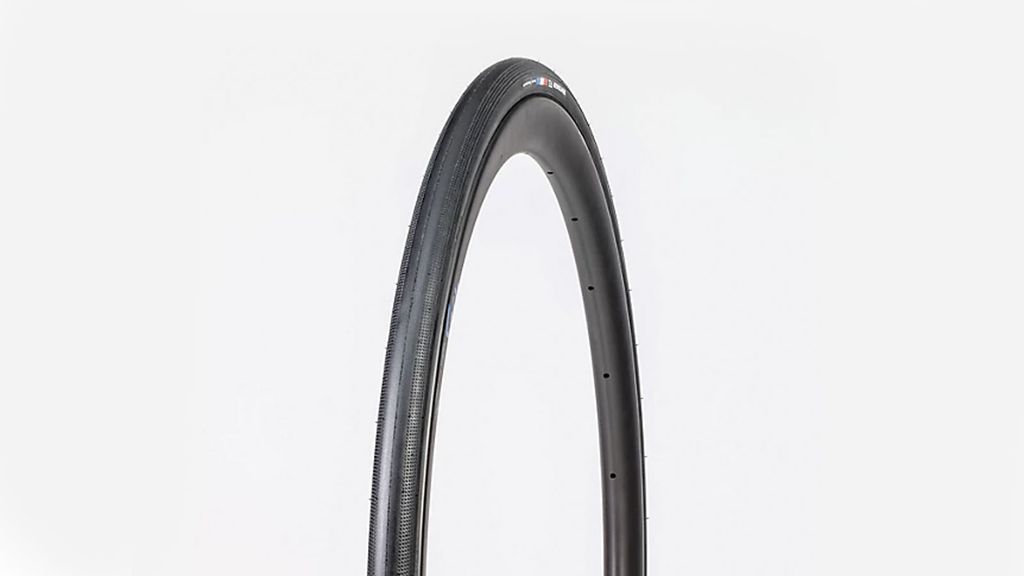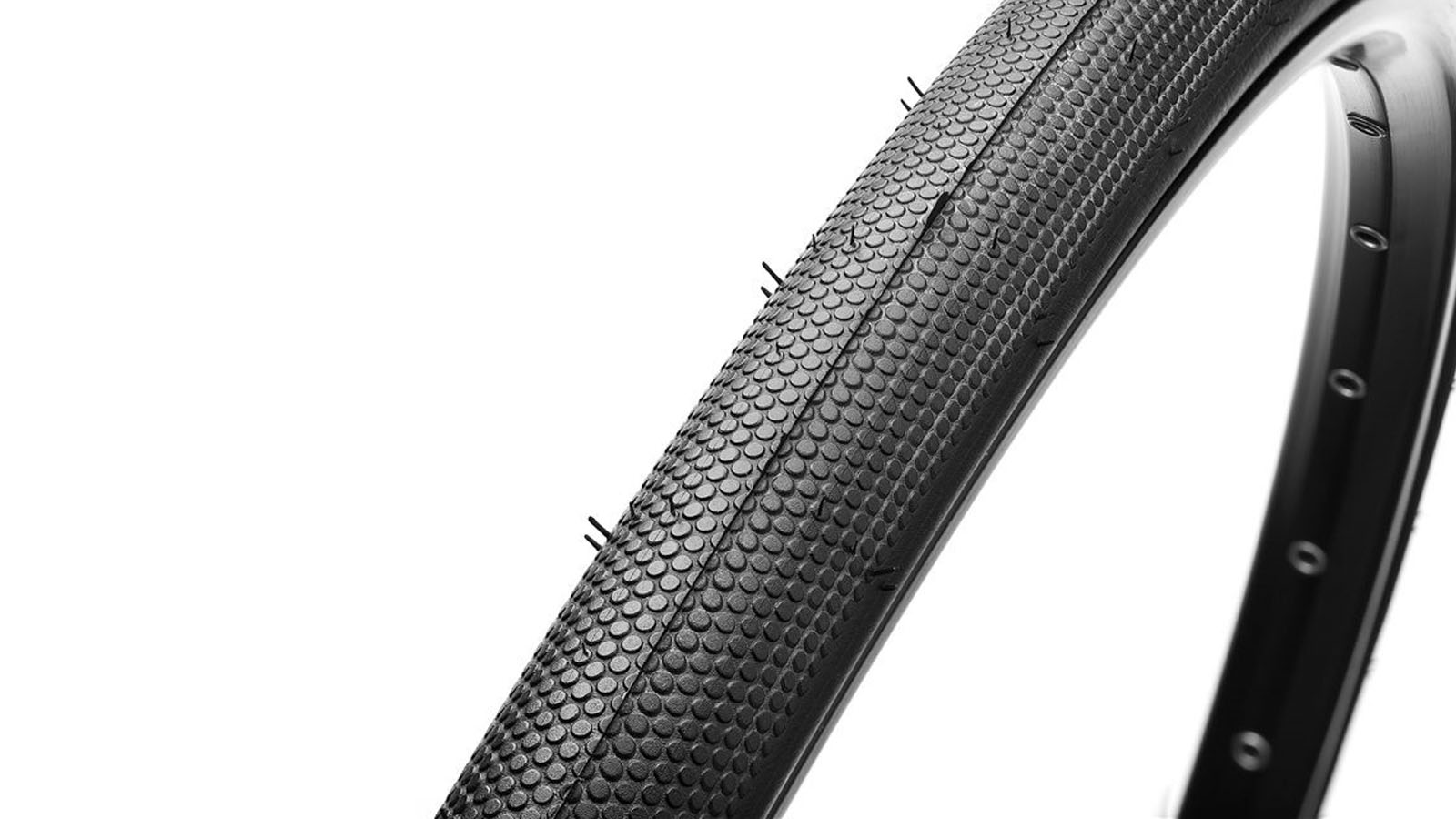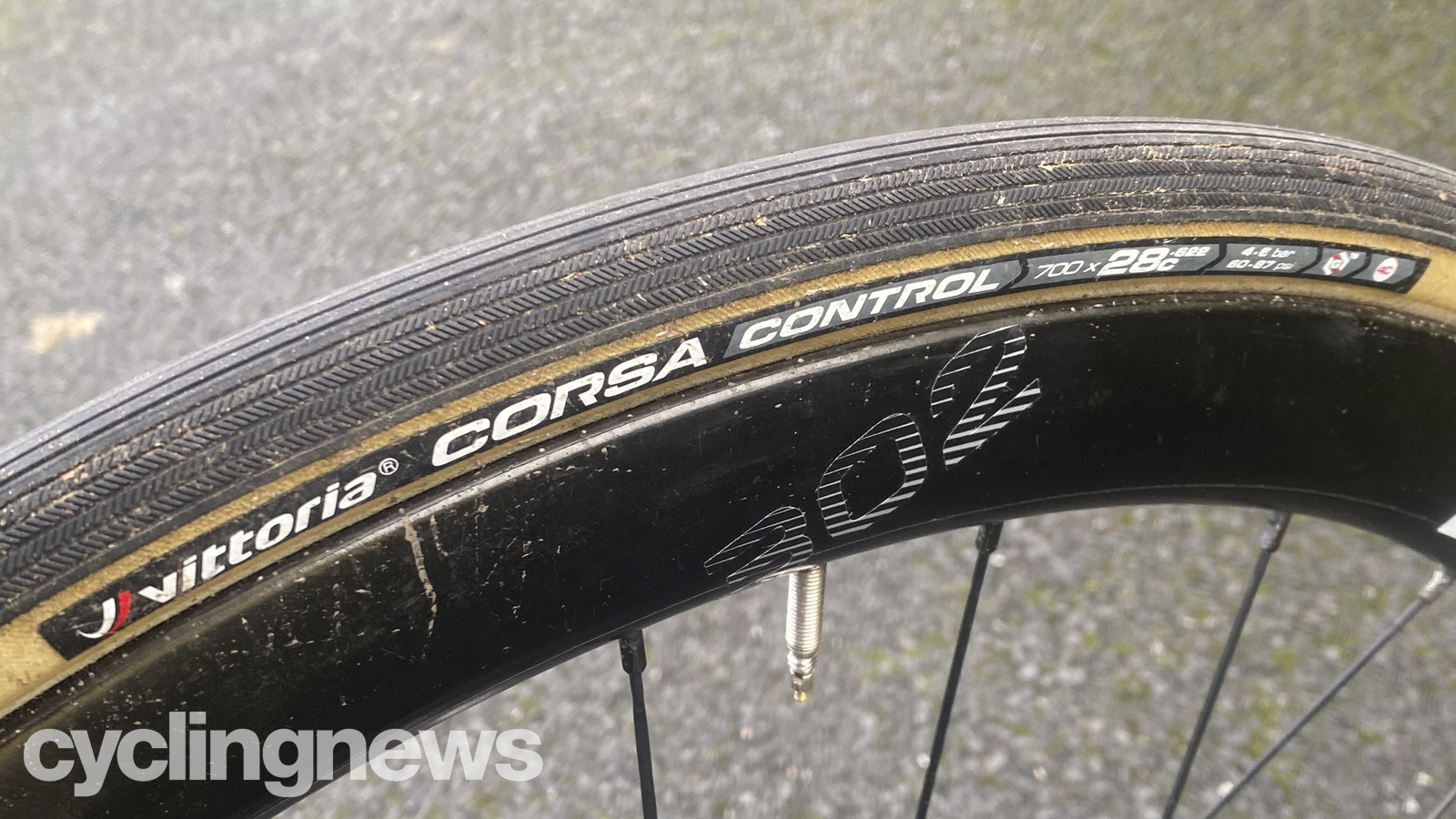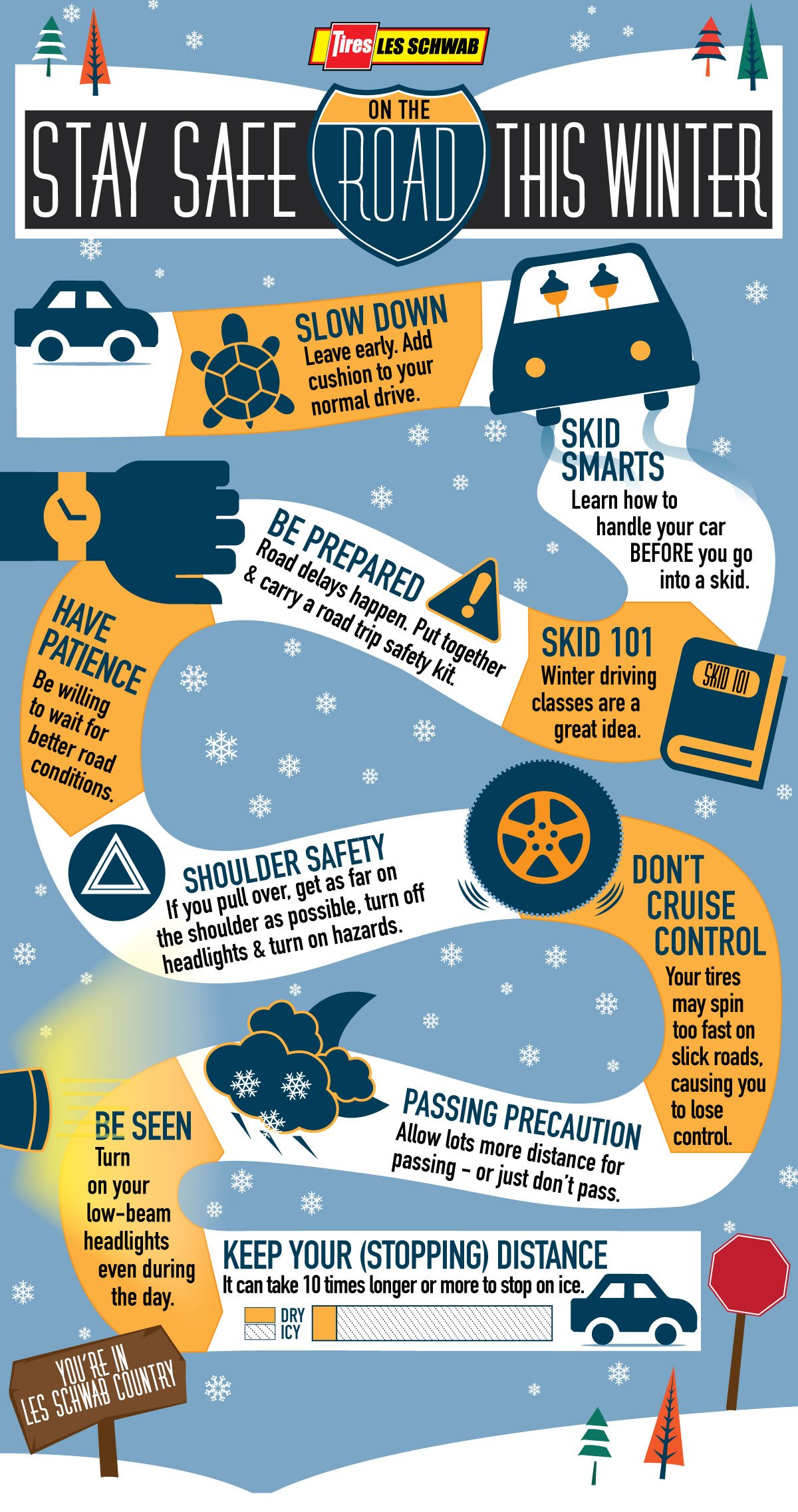How to Choose the Best Winter Road Bike Tires for Your Needs
When it comes to tackling winter roads on a road bike, having the right tires can make all the difference. Winter road bike tires are specifically designed to provide improved traction, increased durability, and enhanced safety in cold and wet conditions. With so many options available, choosing the best winter road bike tires for your needs can be a daunting task. In this article, we will explore the key factors to consider when selecting winter road bike tires, including tire width, tread pattern, and material.
Tire width is a critical factor to consider when choosing winter road bike tires. Wider tires provide a larger contact patch, which can improve traction and stability on snowy and icy roads. However, wider tires can also increase rolling resistance, which can impact performance. Popular tire models like the Continental Grand Prix 4 Season and the Michelin Pro 4 Endurance offer a range of widths to suit different riding styles and preferences.
Tread pattern is another important consideration when selecting winter road bike tires. Tires with a more aggressive tread pattern can provide improved traction on snowy and icy roads, but may compromise on rolling resistance. On the other hand, tires with a smoother tread pattern can provide improved performance on dry roads, but may not offer the same level of traction in winter conditions.
Material is also a key factor to consider when choosing winter road bike tires. Tires made from specialized rubber compounds can provide improved grip and durability in cold and wet conditions. Look for tires made from materials like silica or graphene, which can provide improved performance and durability.
Ultimately, the best winter road bike tires for your needs will depend on your riding style, preferences, and the conditions you ride in. By considering factors like tire width, tread pattern, and material, you can make an informed decision and choose the right tires for your winter road biking adventures.
Understanding the Benefits of Winter-Specific Bike Tires
Winter road bike tires are designed to provide improved performance and safety in cold and wet conditions. One of the primary benefits of using winter-specific bike tires is improved traction. These tires feature specialized tread patterns and rubber compounds that allow for better grip on snowy and icy roads. This can be especially important for riders who frequently encounter slippery surfaces during their winter rides.
Another advantage of winter road bike tires is increased durability. These tires are designed to withstand the harsh conditions of winter, including freezing temperatures, snow, and ice. They are often made with more robust materials and constructions that can resist the wear and tear of winter riding. This can help to extend the life of the tire and reduce the need for frequent replacements.
Enhanced safety is also a key benefit of winter road bike tires. By providing improved traction and control, these tires can help riders to avoid accidents and stay safe on the road. This is especially important for riders who are new to winter cycling or who are riding in areas with heavy snowfall or icy conditions.
For example, the Continental Grand Prix 4 Season tire features a unique tread pattern that is designed to provide improved traction on snowy and icy roads. This tire also features a specialized rubber compound that stays flexible in cold temperatures, providing improved grip and control. Similarly, the Michelin Pro 4 Endurance tire features a robust construction that can withstand the harsh conditions of winter, making it a great option for riders who need a reliable and durable tire.
Overall, winter road bike tires offer a range of benefits that can improve performance, safety, and durability in cold and wet conditions. By choosing the right tire for your needs, you can stay safe and enjoy the ride, even in the most challenging winter conditions.
The Science Behind Winter Road Bike Tire Technology
Winter road bike tires are designed to provide improved performance and safety in cold and wet conditions. The technology behind these tires is rooted in the use of specialized rubber compounds, tread patterns, and tire constructions. These features work together to provide improved traction, durability, and control on snowy and icy roads.
One of the key technologies used in winter road bike tires is the use of specialized rubber compounds. These compounds are designed to stay flexible in cold temperatures, providing improved grip and traction on snowy and icy roads. For example, the Continental Grand Prix 4 Season tire features a unique rubber compound that is designed to provide improved traction and control in cold and wet conditions.
Tread pattern is also an important factor in winter road bike tire technology. The tread pattern is designed to provide improved traction and control on snowy and icy roads. For example, the Michelin Pro 4 Endurance tire features a unique tread pattern that is designed to provide improved traction and control on wet and slippery roads.
Tire construction is also an important factor in winter road bike tire technology. The tire construction is designed to provide improved durability and control on snowy and icy roads. For example, the Schwalbe One tire features a unique tire construction that is designed to provide improved durability and control on wet and slippery roads.
Another important technology used in winter road bike tires is the use of silica or graphene. These materials are designed to provide improved traction and durability in cold and wet conditions. For example, the Vittoria Corsa tire features a unique blend of silica and graphene that is designed to provide improved traction and durability on snowy and icy roads.
Overall, the technology behind winter road bike tires is designed to provide improved performance and safety in cold and wet conditions. By understanding the science behind these tires, riders can make informed decisions about which tires to choose for their winter riding needs.
Top Picks for Winter Road Bike Tires: A Review of Popular Models
When it comes to choosing the best winter road bike tires, there are several popular models to consider. In this section, we will review and compare three top picks: the Schwalbe One, the Specialized Armadillo, and the Vittoria Corsa.
The Schwalbe One is a popular choice among winter road bike riders. This tire features a unique tread pattern that provides improved traction and control on snowy and icy roads. The Schwalbe One also features a durable construction that can withstand the harsh conditions of winter riding. One of the pros of this tire is its excellent grip and handling on wet and slippery roads. However, some riders may find the tire to be slightly heavier than other models.
The Specialized Armadillo is another top pick for winter road bike tires. This tire features a unique tread pattern that provides improved traction and control on snowy and icy roads. The Specialized Armadillo also features a durable construction that can withstand the harsh conditions of winter riding. One of the pros of this tire is its excellent durability and resistance to punctures. However, some riders may find the tire to be slightly more expensive than other models.
The Vittoria Corsa is a high-performance winter road bike tire that features a unique tread pattern and durable construction. This tire is designed to provide improved traction and control on snowy and icy roads, and is a popular choice among competitive riders. One of the pros of this tire is its excellent grip and handling on wet and slippery roads. However, some riders may find the tire to be slightly more expensive than other models.
Ultimately, the best winter road bike tire for you will depend on your specific needs and preferences. If you are looking for a durable and puncture-resistant tire, the Specialized Armadillo may be a good choice. If you are looking for a high-performance tire with excellent grip and handling, the Vittoria Corsa may be a good choice. And if you are looking for a tire with a unique tread pattern and durable construction, the Schwalbe One may be a good choice.
How to Install and Maintain Your Winter Road Bike Tires
Proper installation and maintenance of your winter road bike tires is crucial to ensure optimal performance and safety on the road. Here are some step-by-step instructions on how to install and maintain your winter road bike tires:
Installation:
1. Make sure to clean the rim and tire bed before installing the new tire. This will ensure a proper seal and prevent any debris from getting trapped.
2. Use a tire lever to remove the old tire and inspect the rim for any sharp edges or debris.
3. Install the new tire, making sure to align the tire’s valve stem with the rim’s valve hole.
4. Inflate the tire to the recommended pressure and check for any leaks.
Maintenance:
1. Check tire pressure regularly, as underinflated tires can lead to reduced traction and increased risk of punctures.
2. Clean the tires regularly to remove any dirt or debris that may have accumulated.
3. Store the tires in a cool, dry place when not in use to prevent damage from extreme temperatures or moisture.
4. Inspect the tires regularly for any signs of wear or damage, such as cracks or cuts.
Additional Tips:
1. Use a tire pressure gauge to ensure accurate pressure readings.
2. Consider using a tire liner or boot to add extra protection against punctures.
3. Keep a spare tube and tire levers with you on rides in case of a flat tire.
By following these steps and tips, you can ensure that your winter road bike tires are properly installed and maintained, providing you with optimal performance and safety on the road.
Tips for Riding Safely on Winter Roads with Your New Tires
Riding safely on winter roads requires a combination of proper equipment, knowledge, and technique. With your new winter road bike tires, you’ll be better equipped to handle the challenges of winter riding. Here are some tips to help you ride safely on winter roads:
Handling Slippery Surfaces:
1. Reduce your speed: Winter roads can be slippery, so it’s essential to reduce your speed to maintain control.
2. Use gentle inputs: Avoid making sudden turns or braking, as this can cause your bike to lose traction.
3. Look where you want to go: Keep your eyes focused on the road ahead and look in the direction you want to go.
Navigating Through Snow and Ice:
1. Slow down: Snow and ice can be particularly slippery, so reduce your speed even further.
2. Use caution on bridges and overpasses: These areas tend to freeze first, so be extra cautious when crossing them.
3. Avoid sudden movements: Sudden turns or braking can cause your bike to lose traction on snowy or icy roads.
Using Proper Gear and Clothing:
1. Wear warm and waterproof clothing: Dress in layers to stay warm and dry, and consider wearing waterproof gear to keep you dry in wet conditions.
2. Use lights and reflectors: Increase your visibility by using lights and reflectors on your bike and clothing.
3. Wear a helmet: A helmet is essential for safety, regardless of the weather conditions.
Additional Tips:
1. Plan your route: Choose routes that are less likely to be slippery or icy, and avoid roads that are prone to flooding.
2. Check the weather forecast: Plan your ride according to the weather forecast, and avoid riding in extreme weather conditions.
3. Stay alert: Keep an eye out for potential hazards, such as potholes, gravel, or debris on the road.
By following these tips, you’ll be better equipped to ride safely on winter roads with your new winter road bike tires.
Common Mistakes to Avoid When Choosing Winter Road Bike Tires
When choosing winter road bike tires, there are several common mistakes to avoid. By being aware of these mistakes, you can ensure that you select the right tires for your needs and stay safe on the road.
Choosing the Wrong Size:
One of the most common mistakes when choosing winter road bike tires is selecting the wrong size. Make sure to check your bike’s specifications to ensure that you choose tires that are compatible with your bike’s wheels.
Ignoring Tread Pattern:
Another mistake is ignoring the tread pattern of the tire. The tread pattern can greatly affect the tire’s performance in different weather conditions. For example, a tire with a smooth tread pattern may be better suited for dry roads, while a tire with a more aggressive tread pattern may be better suited for snowy or icy roads.
Neglecting to Check Tire Pressure:
Neglecting to check tire pressure is another common mistake. Proper tire pressure can greatly affect the
Conclusion: Stay Safe and Enjoy the Ride with the Right Winter Road Bike Tires
Choosing the right winter road bike tires is crucial for a safe and enjoyable ride. By considering factors such as tire width, tread pattern, and material, and selecting a tire that meets your specific needs, you can ensure a confident and controlled ride on winter roads.
Remember, winter road bike tires are designed to provide improved traction, increased durability, and enhanced safety in cold and wet conditions. By understanding the benefits of winter-specific bike tires and selecting the right tire for your needs, you can stay safe and enjoy the ride, even in the most challenging winter conditions.
Don’t let the cold weather stop you from enjoying your bike ride. With the right winter road bike tires, you can conquer the winter roads with confidence and style. So, get out there and enjoy the ride!









